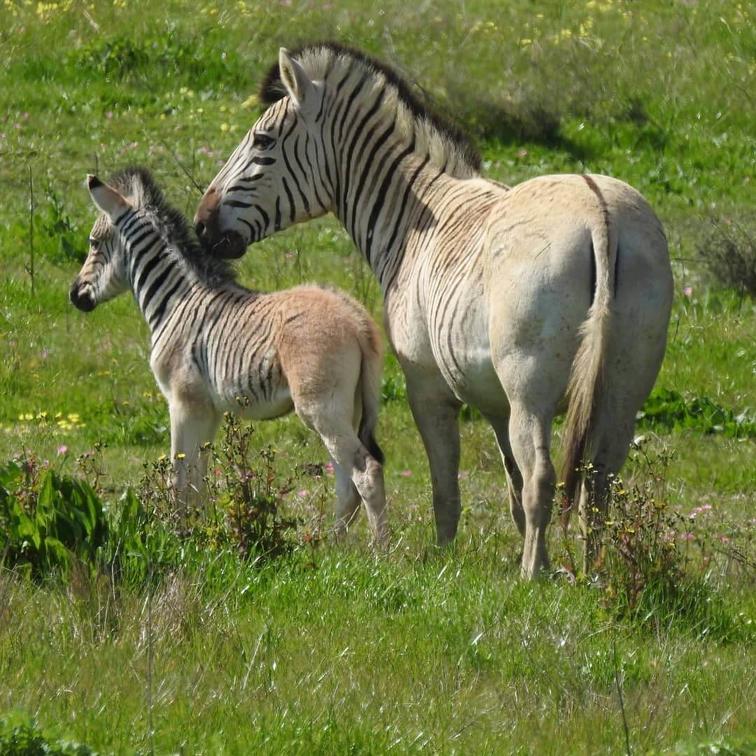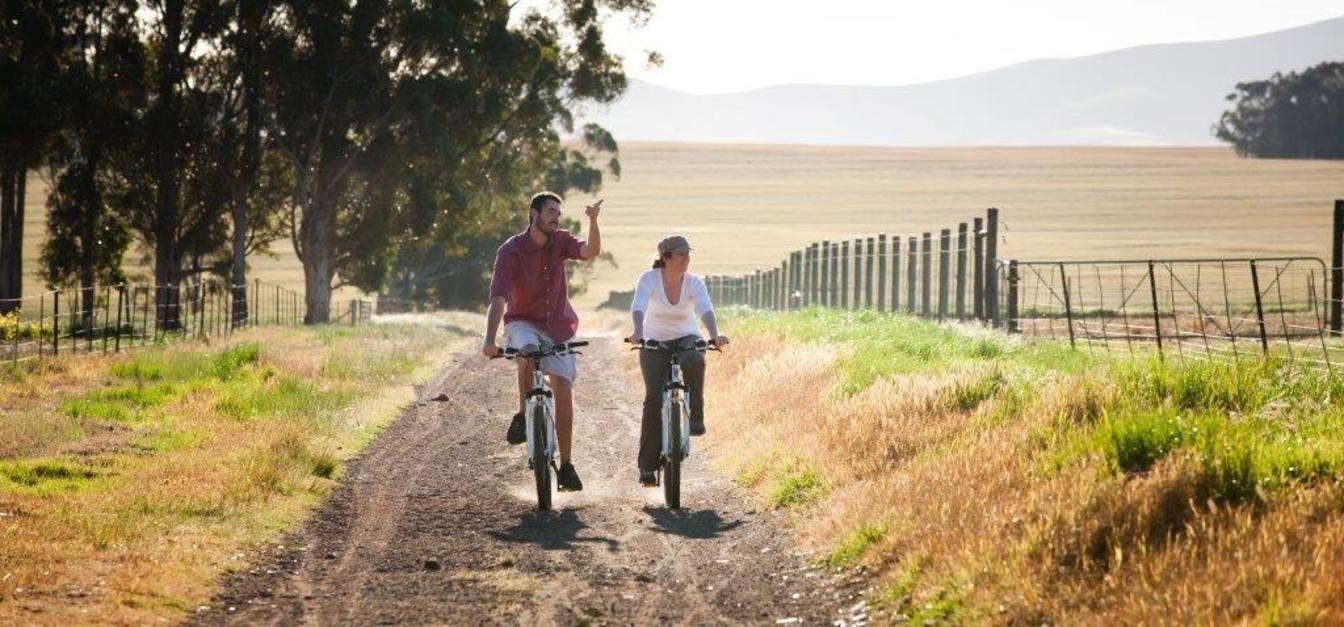Bartholomeus Klip Farmhouse
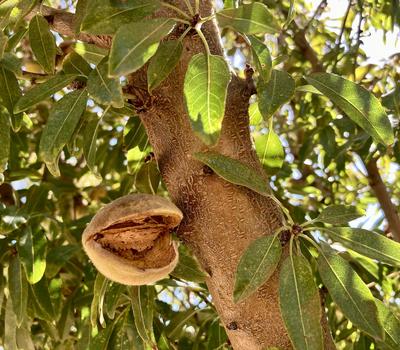
Almond Harvest
(INCLUDED)
When the summer sun is at its highest and hottest, ’tis the season for harvesting almonds. A dedicated team of pickers harvests the nuts by hand, by gently tapping the trees and collecting the fallen nuts (hulls and fruit) onto long shades of cloth.
Show More
Show Less
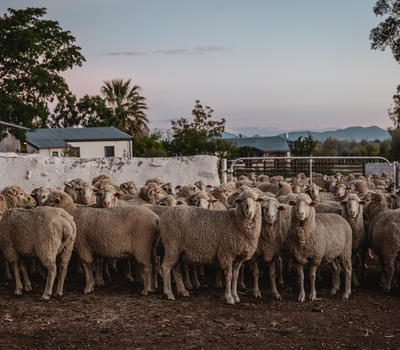
Lambing
(INCLUDED)
The Elandsberg sheep flock produces an average of 500 lambs every year. This is the prefect opportunity to join our Sunday family lunch offering at the Deckhouse, with a gentle stroll afterwards to see the cute lambs and proud moms! Please make sure to book so that we can look forward to welcoming you to the farm.
Every year our Merino sheep flock to the big shed near the Farmhouse for what they believe is a relaxing spa treatment, but turns out to be a vigorous haircut and a not-so-relaxing deep tissue massage ??
The 4000 Merino sheep are kept primarily for their wool. Guests at Bartholomeus Klip particularly enjoy the lambing time (usually after the early winter rains, when there is grazing for the ewes), and like to visit the shearers in the big shed near to the farmhouse, where the wool is shorn, graded and packed into bales
Show More
Show Less
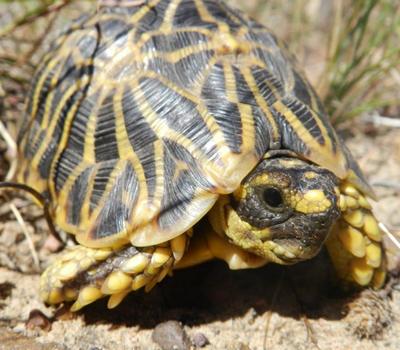
Geometric Tortoise Project
Join our resident game and nature experts on a tour of interactive conservation projects. The Geometric Tortoises Rehabilitation Project was set up after a fire swept through the Elandsberg Nature reserve in 2012, and aims to research, protect and ensure survival of this rarest and most endangered reptile in Southern Africa.
Show More
Show Less

Quagga Project
(INCLUDED)
The Quagga Project is the amazing story of a once extinct subspecies of the Plains Zebra that was brought back to life and into its former habitat by a group of dedicated scientists and farmers.
This project, started in 1987 by a group of dedicated people in South Africa, has successfully brought back an animal from extinction and reintroduced it into reserves in its former habitat. By selective breeding from a selected founder population of southern Plains Zebras an attempt is being made to retrieve at least the genes responsible for the Quagga’s characteristic striping pattern.
Show More
Show Less
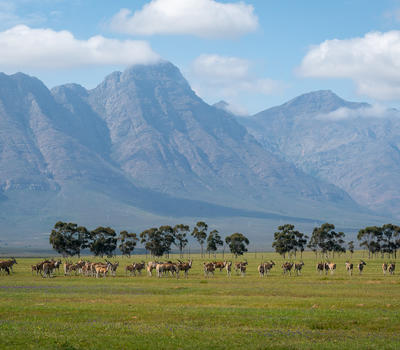
Elandsberg Nature Reserve
(INCLUDED)
10,000 acres of untouched natural wonder, home to 150 bird species and 70 mammal, amphibia and reptile species. A private sanctuary in the heart of the Cape Floristic Region, with over 840 plant species, including endangered fynbos, renosterveld, and the rare, endemic Elandsmontana. At Elandsberg, conservation isn’t just a mission – it’s a legacy. We’re proud to be the founding breeder of the Quagga, once extinct and now running wild again, and a guardian of the critically endangered Geometric Tortoise.
Show More
Show Less
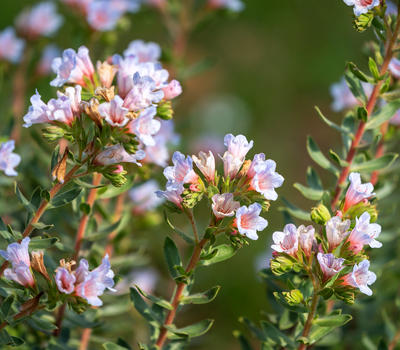
Flowers & Plants
(INCLUDED)
The Elandsberg Nature Reserve is part of the Cape Floristic Region, which is one of the world’s six floral kingdoms and the smallest of these by far, but extraordinarily rich in species of flowering plants. The particular flora in our reserve is so special that it has been declared a provincial nature reserve, as well as a Natural Heritage Site, to safeguard it.
Some of the flowering plants that grow at Elandsberg, including species that belong to the Amaryllis, Iris, Geranium, Mollugo, and Pea families, can only be found here, and have formally been named elandsmontana
Show More
Show Less
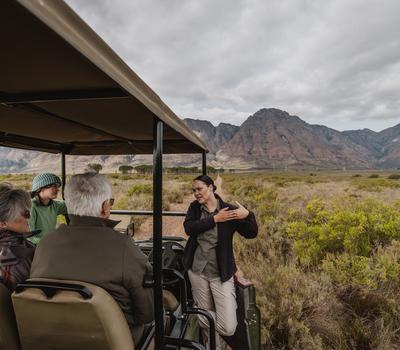
Guided Nature & Game Drives
(INCLUDED)
Enjoy a guided nature drive in an open Land Rover through the private 10,000 acre Elandsberg Nature Reserve. The drive sets off through the gate and across the river into the reserve, entering a completely different world from the farmlands and gardens of Bartholomeus Klip. You might head towards the mountains towering up in front of you, or along the road to the grassy plains where herds of black wildebeest, eland, bontebok, quagga, springbok and zebra tend to congregate, all the while surrounded by South Africa’s unique fynbos with its rich and varied plant life full of interest.
Show More
Show Less

Bird watching
Among the birdlife at Bartholomeus Klip is the world’s largest bird, the ostrich, once farmed here in large flocks at the height of the ostrich feather boom in the 1870s and today one of the leopard’s favourite foods. The magnificent black eagle (correctly known as Verreaux’s eagle) nests in the mountains, and the enormous dam near to the farmhouse has a spectacular array of water birds, some resident like the fish eagles and the kingfishers, and others such as the pelicans and the spoonbills less regular visitors. Flamingos have also been seen in some of Bartholomeus Klip’s smaller dams and there are a host of interesting large and small birds out in the reserve and on the wheatlands, including large flocks of the blue crane, South Africa’s national bird.
Show More
Show Less
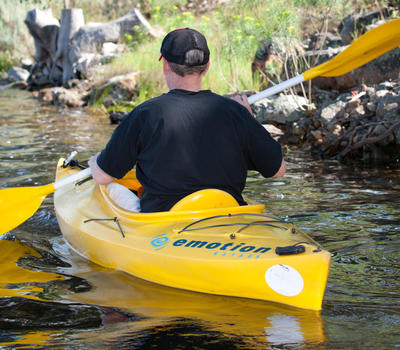
Water Activities
Down at the dam guests can take to the water in kayaks,canoes, or go windsurfing, fresh water fishing or birdwatching.
Show More
Show Less
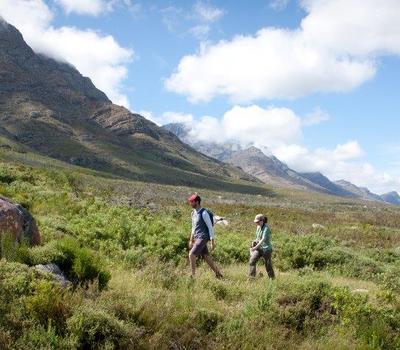
Hiking and walking
Explore the 10 000 acre nature reserve by mountain bike, or take a gentle stroll through the fynbos. There is also the option of hiking in the mountains to enjoy the proteas and birdlife
Show More
Show Less

Mountain Biking
Enjoy the farm and Reserve by Bike
Show More
Show Less






